Art auctions have long been the battlegrounds for wealthy collectors and institutions vying for masterpieces that define cultural epochs. These auctions can become intense, with phone lines buzzing, paddles waving, and numbers climbing to astronomical levels. Here are ten of the most epic art bidding wars in history that captivated audiences around the world and made headlines for their sheer intensity and jaw-dropping final bids.
1. The Salvator Mundi Showdown
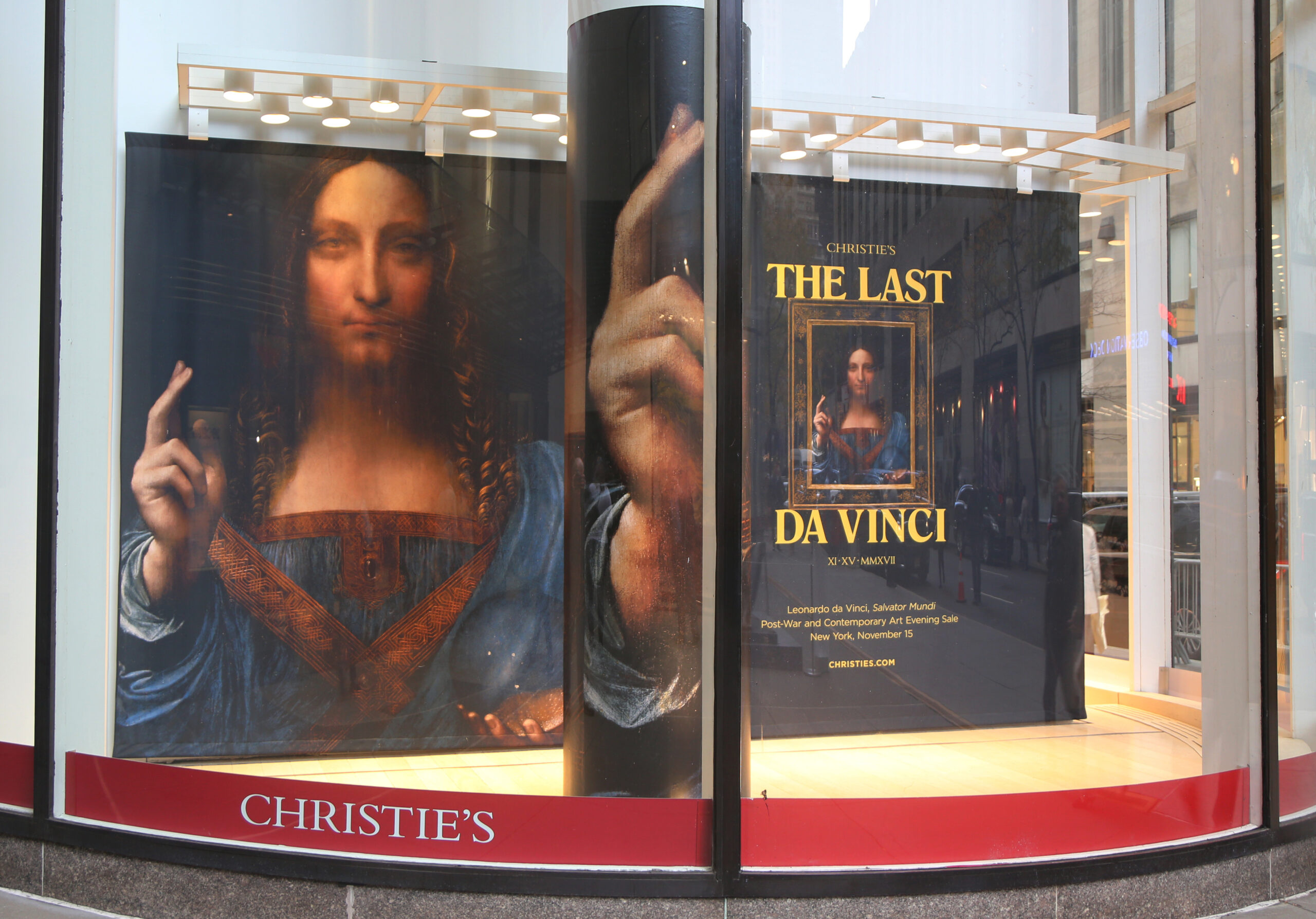
When Leonardo da Vinci’s “Salvator Mundi” went under the hammer at Christie’s in November 2017, it sparked an electrifying bidding war. This rare painting, believed to be one of fewer than 20 da Vinci works in existence, quickly surpassed expectations. According to Christie’s, the auction was a dramatic battle between anonymous bidders, escalating rapidly from the opening bid of $75 million. The painting ultimately sold for a staggering $450.3 million, shattering the previous record for the most expensive artwork sold at auction.
The identity of the winning bidder remained a mystery for some time, adding an air of intrigue to the sale. It was later revealed that Saudi Prince Badr bin Abdullah bin Mohammed bin Farhan Al Saud had acquired it for the Louvre Abu Dhabi. The sale sparked widespread discussion about the value and authenticity of the painting, as well as its rightful attribution to da Vinci. This landmark auction highlighted the art market’s colossal influence and the lengths collectors will go to secure a piece of history.
2. The Battle for Picasso’s “Les Femmes d’Alger”
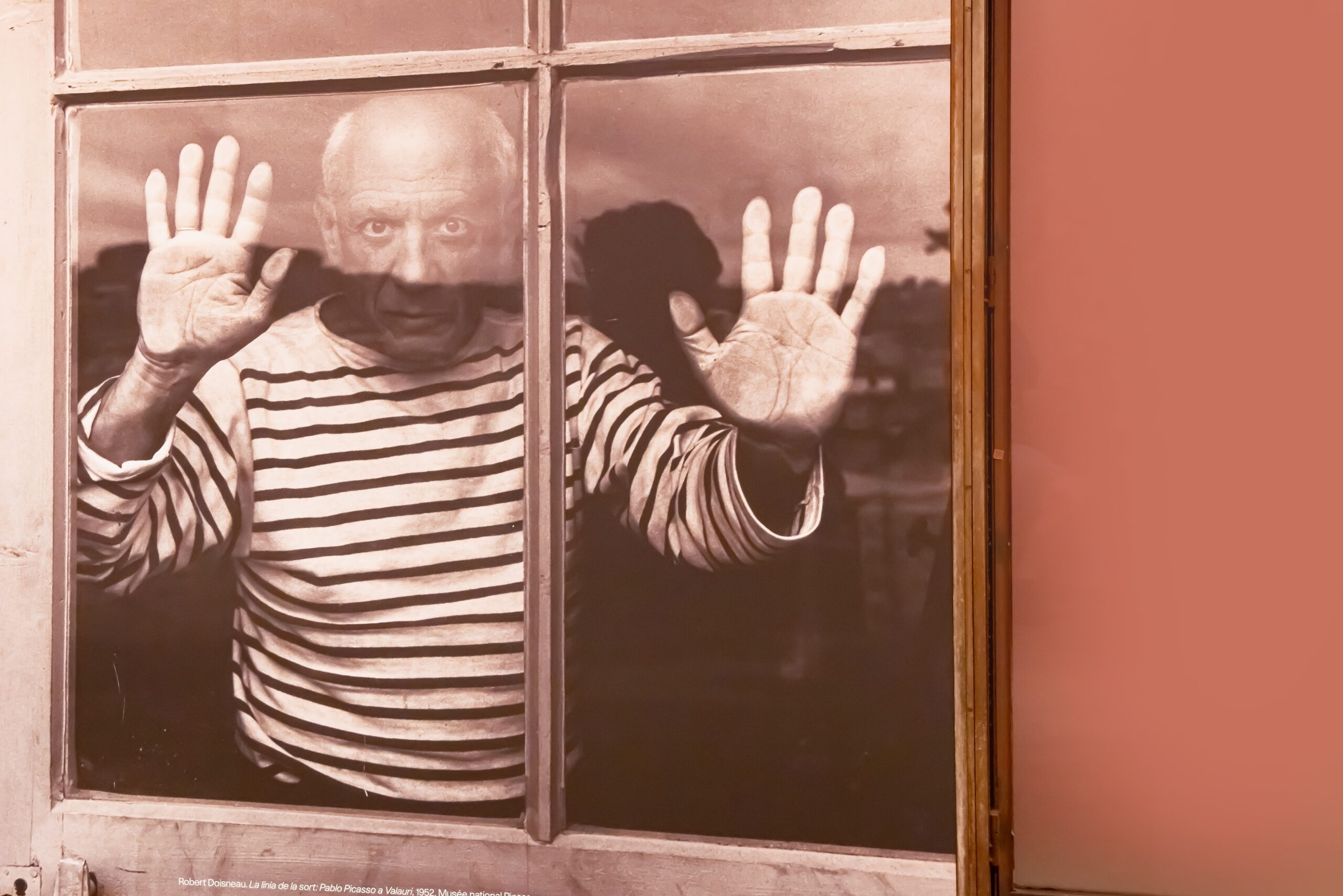
Pablo Picasso’s masterpiece “Les Femmes d’Alger (Version ‘O’)” ignited a frenzied bidding war at Christie’s in May 2015. This vibrant piece, created in 1955, is part of a series that reimagines the work of Eugène Delacroix. The auction room was tense with anticipation as bids soared past $120 million, with competing parties determined to claim this iconic work. According to The Los Angeles Times, the final bid landed at an astonishing $179.4 million, setting a new world record for any artwork at the time.
The bidding war was a testament to Picasso’s enduring legacy and the timeless allure of his work. “Les Femmes d’Alger” was purchased by an anonymous buyer, leaving the art world buzzing with speculation. The sale underscored the intense desire among collectors to possess pieces that symbolize critical moments in art history. It also highlighted the powerful impact of modern art on the auction scene, with Picasso leading the charge.
3. The Frenzy Over Edvard Munch’s “The Scream”
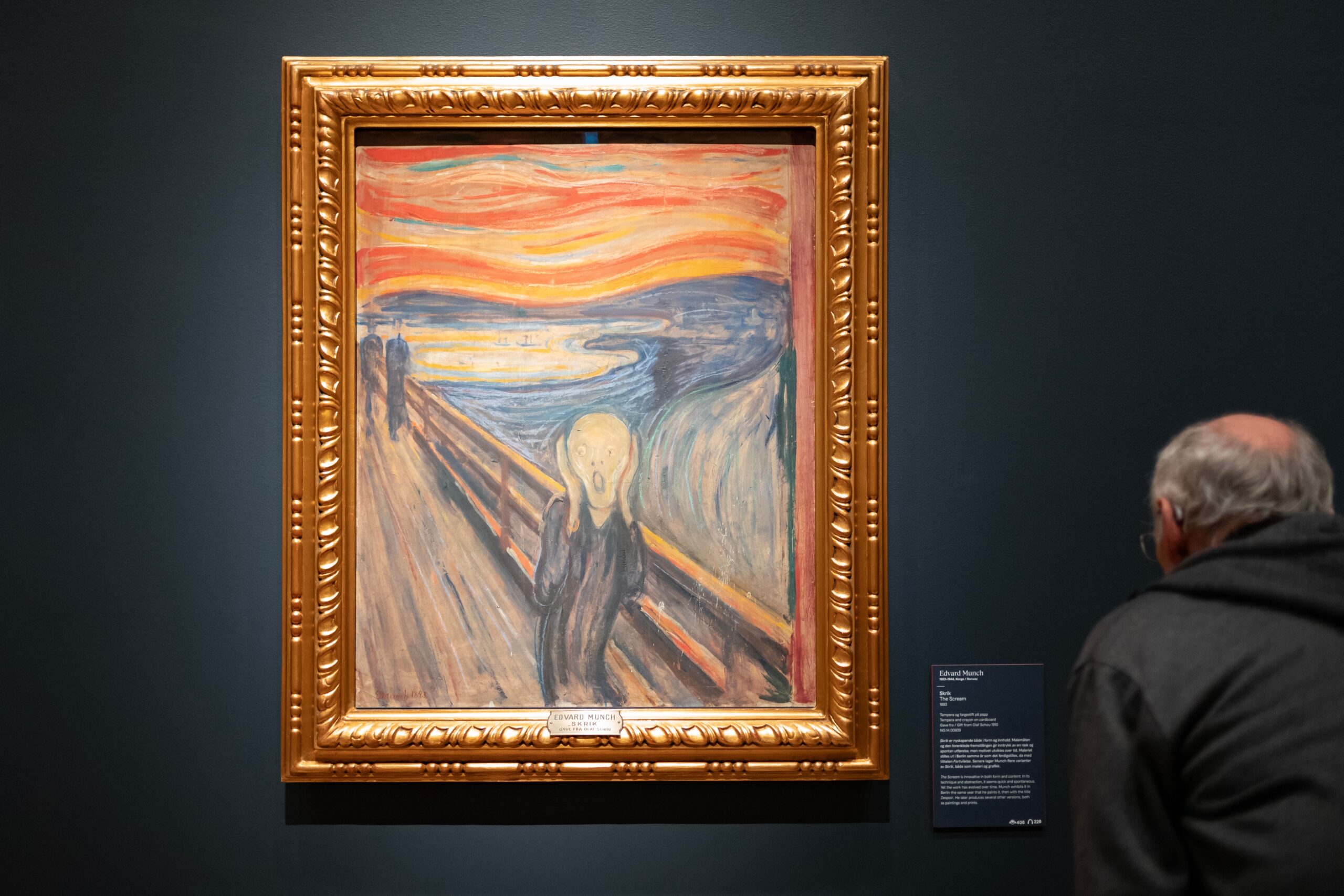
Few artworks capture existential angst as powerfully as Edvard Munch’s “The Scream.” In May 2012, one of the four original versions of this iconic work was auctioned at Sotheby’s, sparking a fierce competition. According to BBC News, the bidding started at $40 million and quickly escalated as multiple bidders vied for the piece. The room was electric with tension, and after more than 12 minutes of intense back-and-forth, “The Scream” sold for $119.9 million.
The sale set a new record for the most expensive artwork auctioned at that time, highlighting the painting’s significant cultural impact. The winning bid came from an anonymous buyer, further adding to the painting’s mystique. “The Scream” is emblematic of Munch’s exploration of human emotion, and its record-breaking sale reaffirmed its status as a masterpiece. This auction captivated the attention of art enthusiasts worldwide, proving the enduring power of Munch’s chilling vision.
4. The Battle for Van Gogh’s “Portrait of Dr. Gachet”
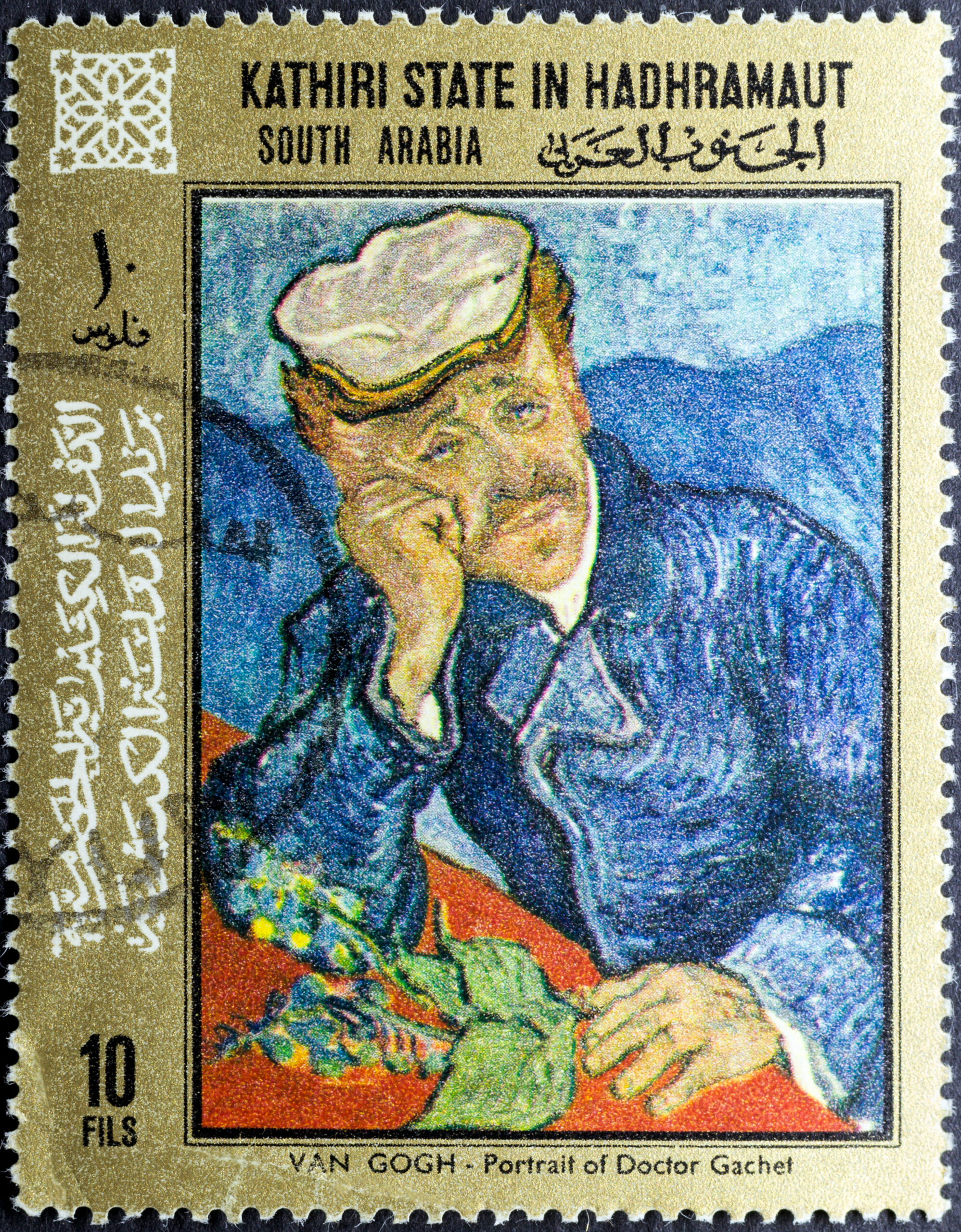
Vincent van Gogh’s “Portrait of Dr. Gachet” is one of the most poignant pieces in art history, capturing the essence of the artist’s turbulent emotions. In 1990, this haunting portrait ignited an intense bidding war at Christie’s, with collectors eager to own a piece of Van Gogh’s legacy. The auction room was filled with palpable tension as bids soared past the $80 million mark. When the hammer finally fell, the painting sold for an unprecedented $82.5 million, making it the most expensive artwork at the time.
The winning bid came from a Japanese businessman, Ryoei Saito, who famously declared he wished to be buried with the painting. This statement sparked controversy and discussions about the commodification of art. Despite the drama surrounding the sale, “Portrait of Dr. Gachet” remains a celebrated work, encapsulating Van Gogh’s unique ability to convey emotion through paint. The auction not only highlighted the artist’s enduring appeal but also the intense passion and competition within the art market.
5. The Tug of War Over Modigliani’s “Nu Couché”
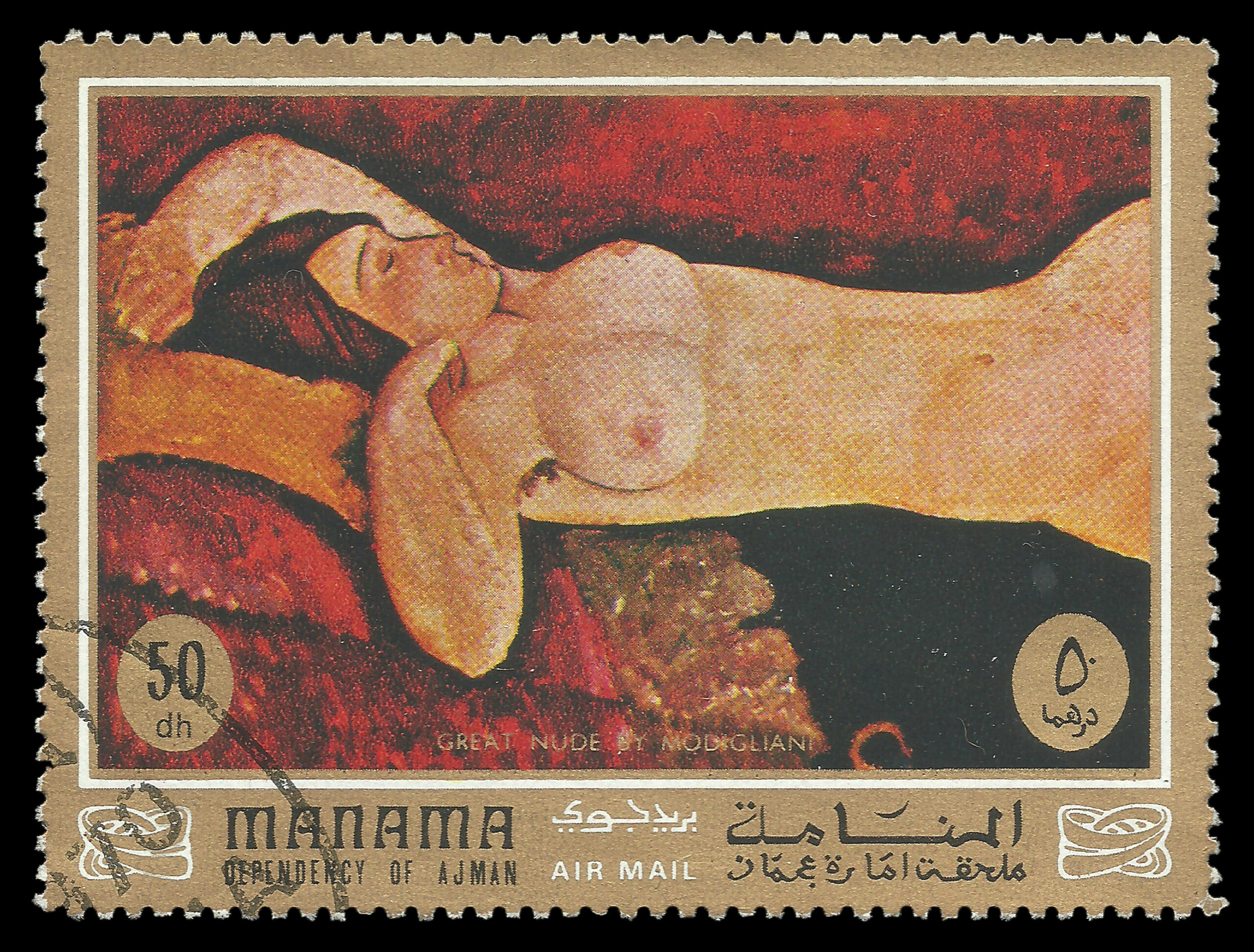
Amedeo Modigliani’s “Nu Couché” is a sensual masterpiece that sparked a fierce bidding war at Christie’s in 2015. This striking nude, created in 1917, showcases Modigliani’s distinctive style and bold approach to the human form. The auction room was charged with excitement as bids climbed rapidly, surpassing $100 million within moments. When the gavel finally came down, “Nu Couché” sold for an astonishing $170.4 million, making it one of the most expensive paintings ever sold.
The winning bidder was revealed to be a Chinese collector, Liu Yiqian, who reportedly paid for the painting using his American Express card. This sale underscored the growing influence of Asian collectors in the global art market and their willingness to spend vast sums on Western masterpieces. Modigliani’s work continues to captivate audiences with its evocative allure and groundbreaking approach. The auction was a testament to the enduring power of art to transcend cultural and geographic boundaries.
6. The Intense Bidding War for Francis Bacon’s “Three Studies of Lucian Freud”
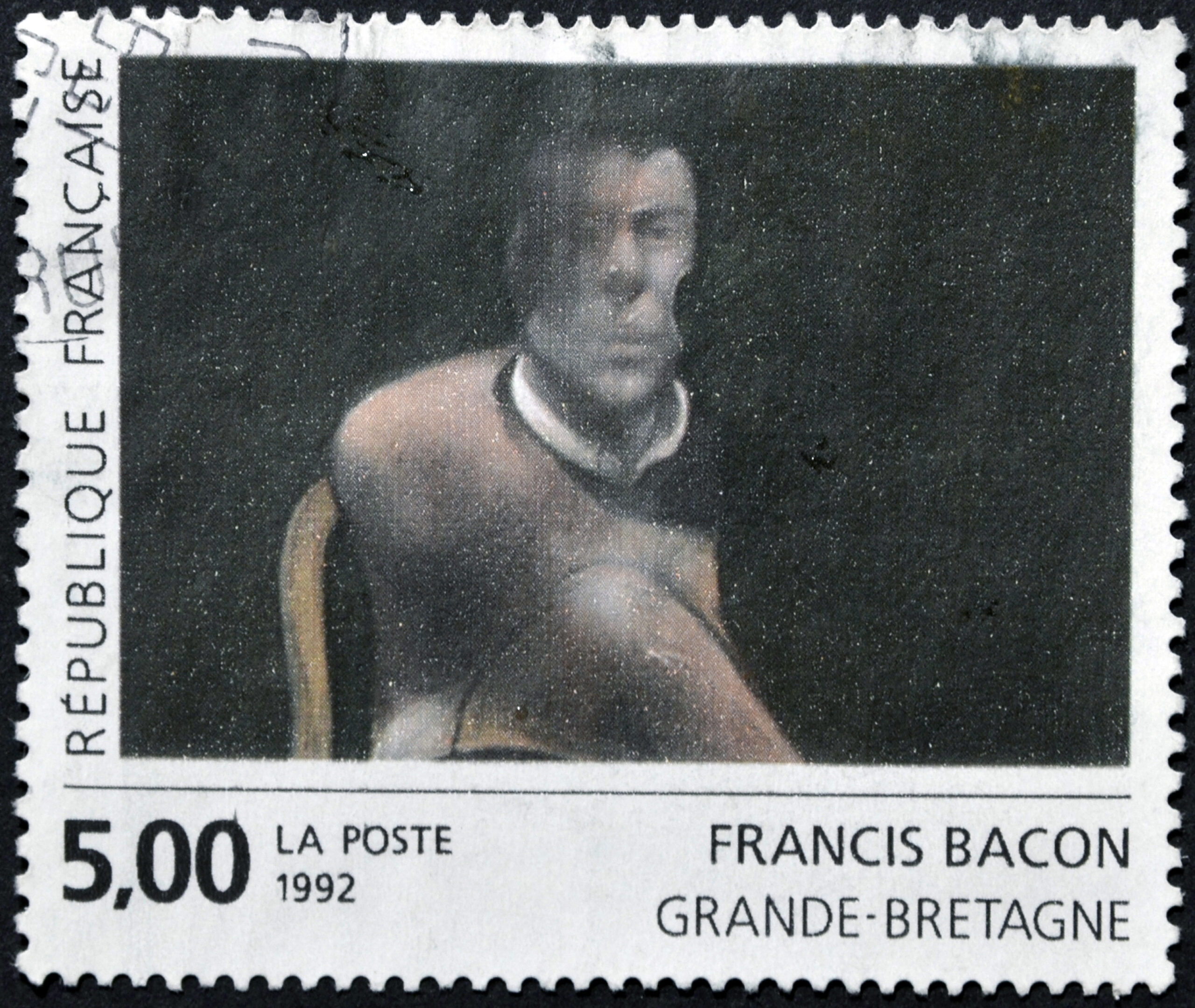
In 2013, Francis Bacon’s “Three Studies of Lucian Freud” became the centerpiece of an electrifying auction at Christie’s. This triptych, created in 1969, captures the intense, complex relationship between two of the 20th century’s most celebrated artists. The auction room was electric with anticipation as bids quickly escalated past $80 million. After a fierce battle among multiple bidders, the painting sold for a record-breaking $142.4 million.
The artwork was purchased by Elaine Wynn, a renowned art collector and co-founder of Wynn Resorts. The sale was a landmark moment for Bacon’s career, solidifying his status as one of the most influential artists of the modern era. The triptych’s dynamic composition and emotional depth continue to captivate viewers, making it a cherished piece in art history. This auction highlighted the powerful allure of Bacon’s work and the intense competition among high-profile collectors.
7. The Heated Auction for Jackson Pollock’s “No. 5, 1948”
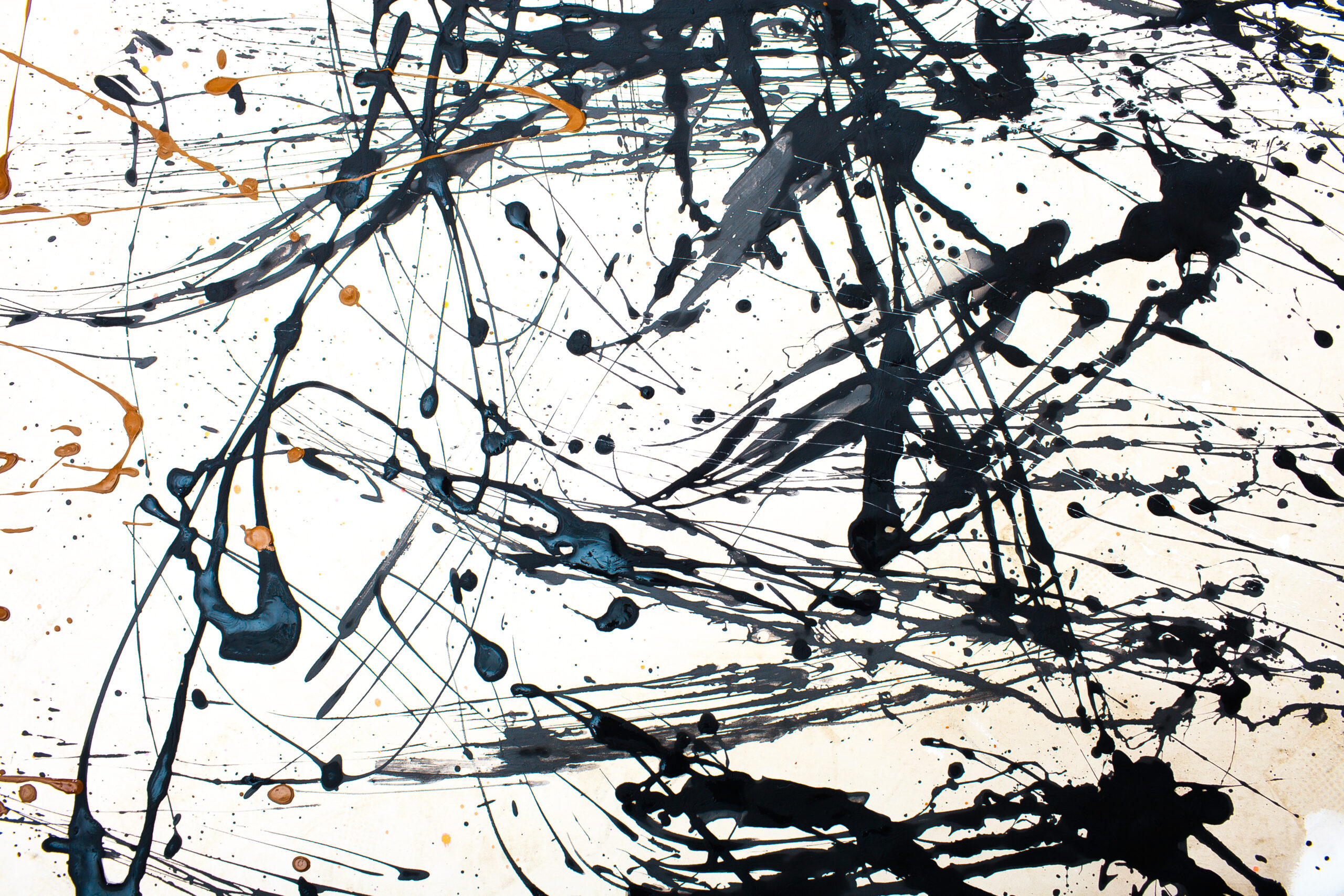
Jackson Pollock’s “No. 5, 1948” is a quintessential example of the artist’s revolutionary drip painting technique. In 2006, this iconic work became the subject of a high-stakes private sale that captured the art world’s attention. The sale was conducted privately, yet it quickly turned into a heated bidding war as collectors vied for the chance to own a piece of Pollock’s groundbreaking legacy. Ultimately, the painting sold for a staggering $140 million, setting a new record for the most expensive painting at the time.
This historic sale underscored the significant impact of Abstract Expressionism and Pollock’s pivotal role in this artistic movement. The identity of the winning bidder remained shrouded in mystery, adding to the allure of the painting. “No. 5, 1948” continues to be celebrated for its dynamic energy and innovative technique, reflecting Pollock’s radical departure from traditional painting methods. The auction highlighted the enduring appeal of Pollock’s work and the competitive nature of the art market.
8. The Battle Over Cézanne’s “The Card Players”
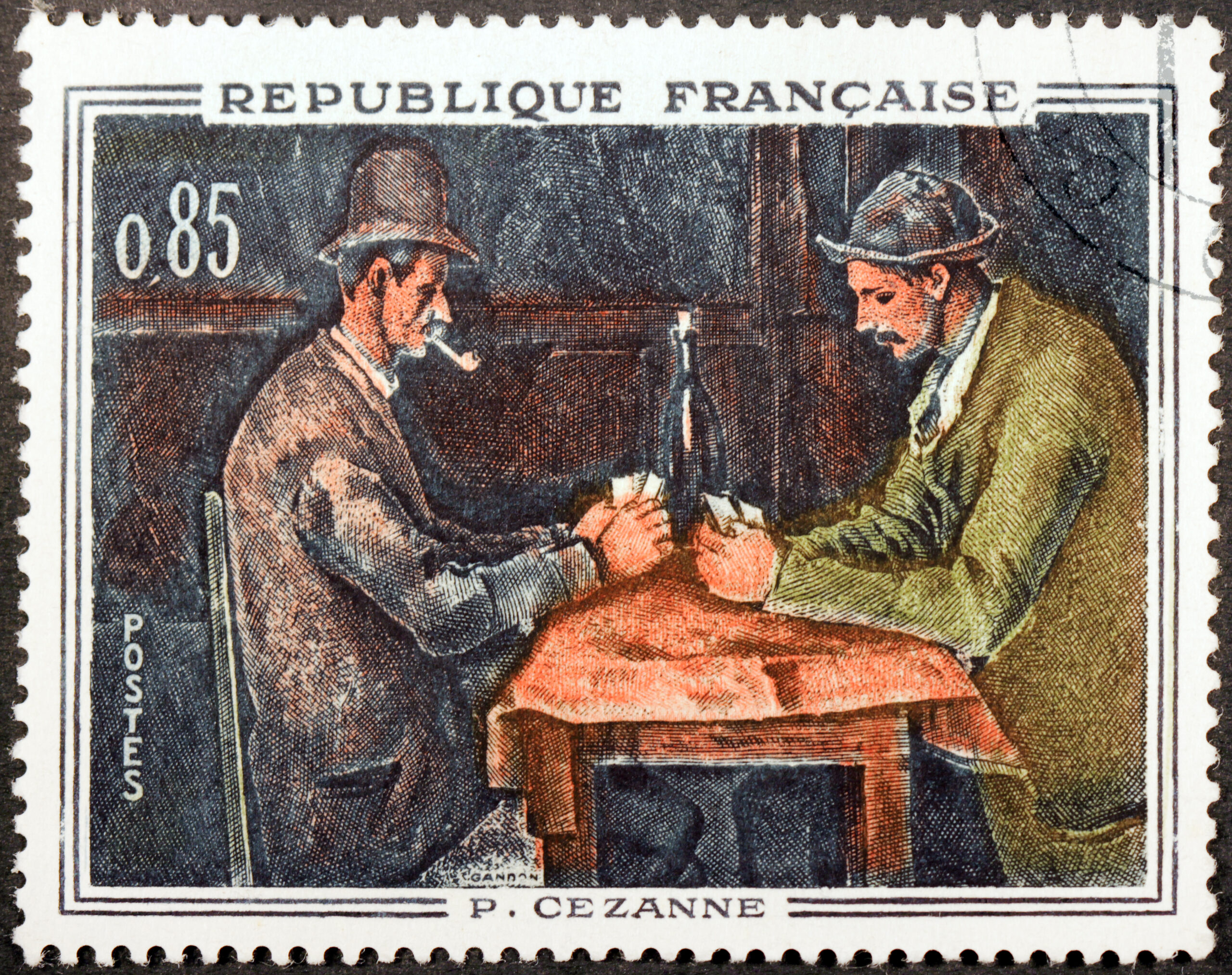
Paul Cézanne’s “The Card Players” is a masterpiece of post-impressionism that became the focus of an intense bidding war in 2011. The sale was a private transaction involving the royal family of Qatar, who reportedly paid over $250 million for the painting. This monumental sale set a new benchmark for the most expensive artwork ever sold, eclipsing previous records. The acquisition was seen as a strategic move by Qatar to bolster its cultural collection and assert its presence in the global art scene.
The painting is part of a series Cézanne created in the late 19th century, depicting peasants engaged in a card game. Its rich color palette and masterful composition have made it a celebrated work in art history. The sale of “The Card Players” demonstrated the growing influence of Middle Eastern collectors in the art market. It also highlighted the immense cultural value attributed to Cézanne’s work and the fierce competition among collectors to acquire such masterpieces.
9. The Enthralling Sale of Klimt’s “Adele Bloch-Bauer I”
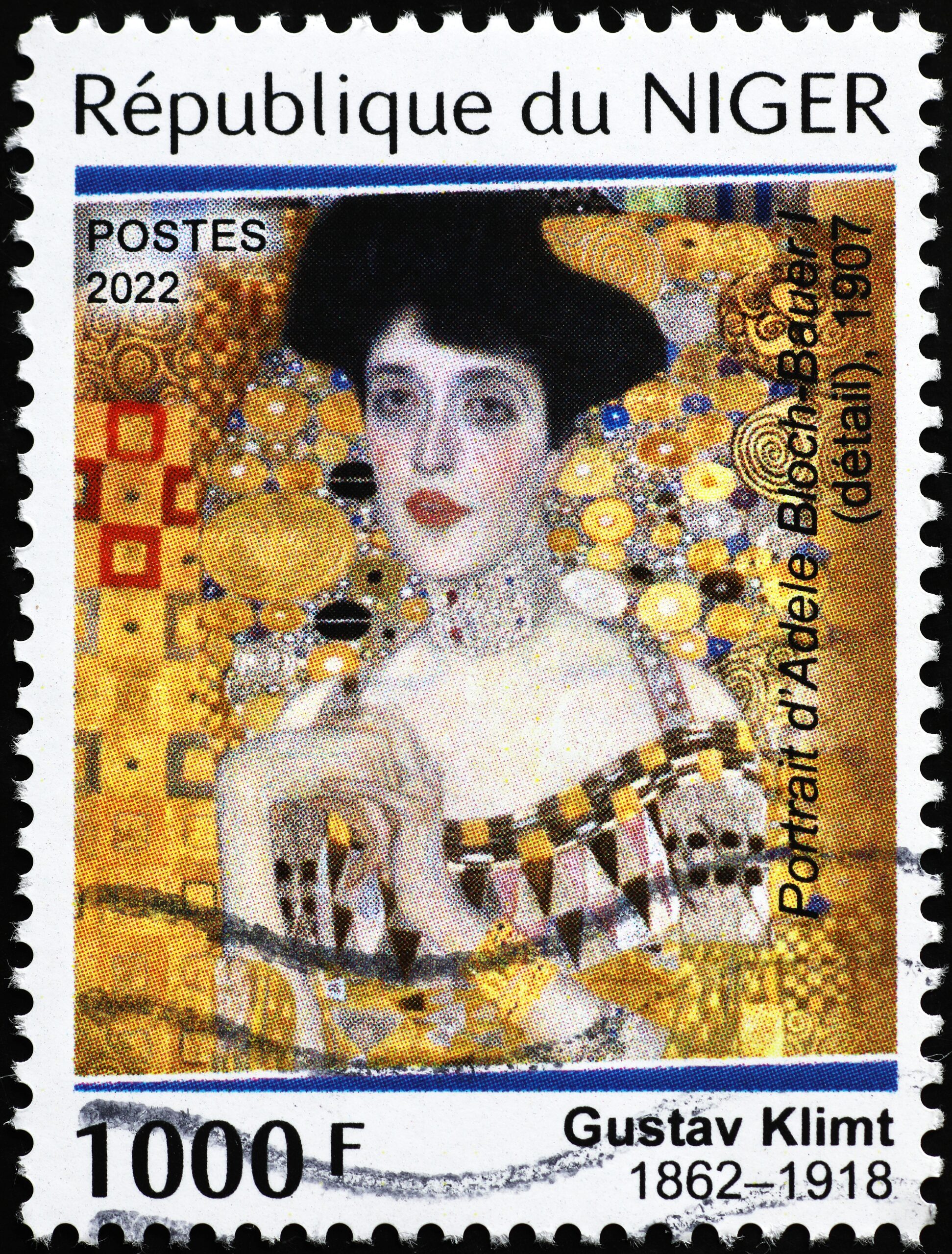
Gustav Klimt’s “Adele Bloch-Bauer I,” also known as “The Woman in Gold,” is an iconic portrait that became the subject of an enthralling bidding war in 2006. The painting, a symbol of the artist’s golden phase, was sold to cosmetics magnate Ronald Lauder for $135 million. This private sale set a new record for the most expensive painting at the time and underscored Klimt’s enduring allure. The portrait’s intricate gold leaf detailing and the story of its restitution to Maria Altmann, the rightful heir, added to its mystique.
The acquisition was a significant addition to Lauder’s Neue Galerie in New York, where the painting remains on display. The sale highlighted the powerful narrative of art restitution and the importance of historical context in valuing artwork. Klimt’s masterpiece continues to captivate audiences with its opulent beauty and poignant history. The auction was a testament to the emotive power of art and the lengths collectors will go to acquire such profound works.
10. The Bidding War for Andy Warhol’s “Silver Car Crash”
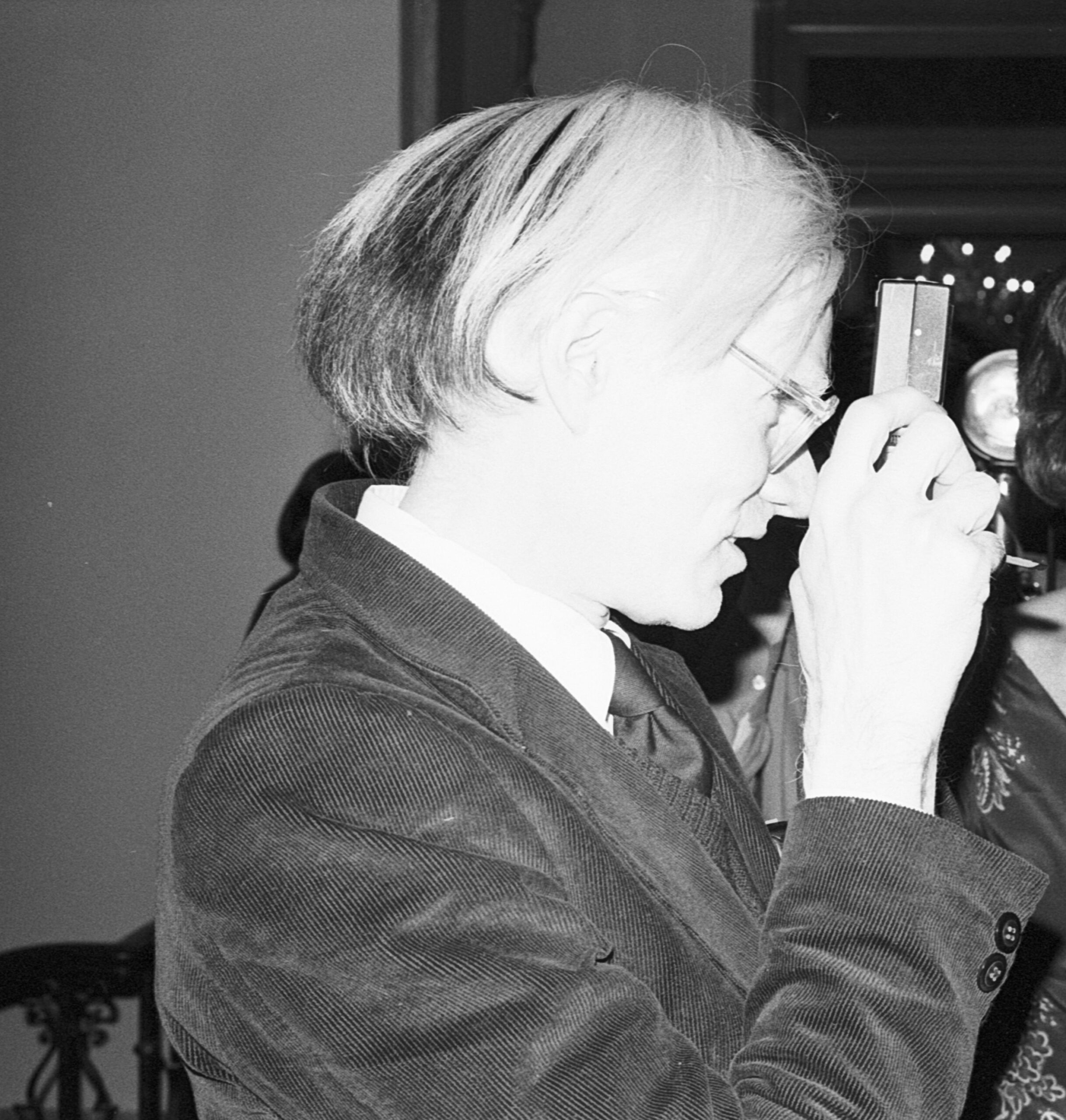
Andy Warhol’s “Silver Car Crash (Double Disaster)” is a seminal work that ignited a fierce bidding war at Sotheby’s in 2013. This large-scale silkscreen, part of Warhol’s Death and Disaster series, explores themes of mortality and fame. The auction room was abuzz with excitement as bids quickly escalated, reflecting Warhol’s enduring impact on contemporary art. When the hammer finally fell, the painting sold for an impressive $105.4 million, setting a new auction record for the artist.
The sale highlighted the powerful influence of Warhol’s work and his role in shaping the pop art movement. The painting’s provocative subject matter and bold aesthetic continue to resonate with collectors and art enthusiasts alike. The winning bid came from an anonymous buyer, further fueling the intrigue surrounding Warhol’s work. This auction underscored the intense competition and high stakes involved in acquiring pieces by one of the most iconic artists of the 20th century.
This article is for informational purposes only and should not be construed as financial advice. Consult a financial professional before making investment or other financial decisions. The author and publisher make no warranties of any kind.








